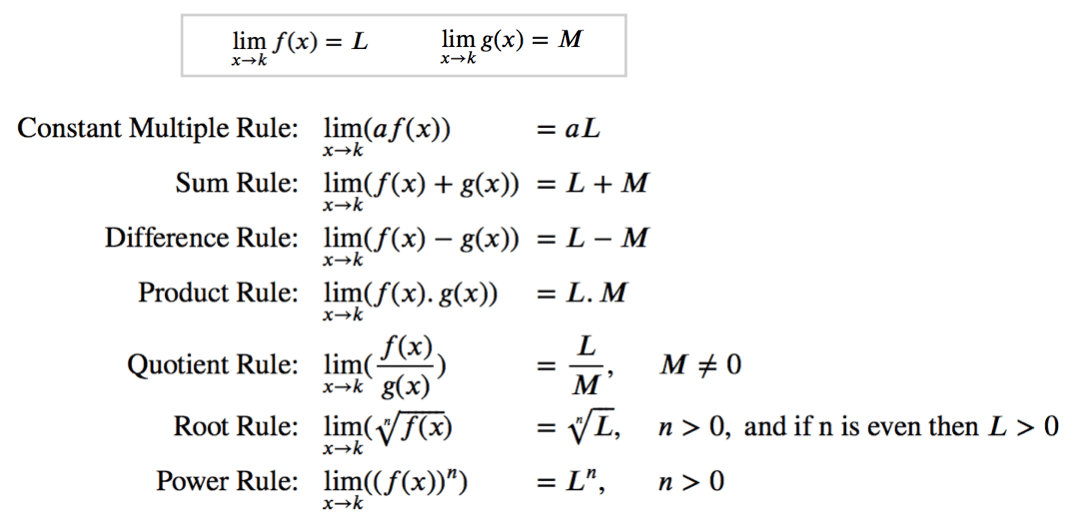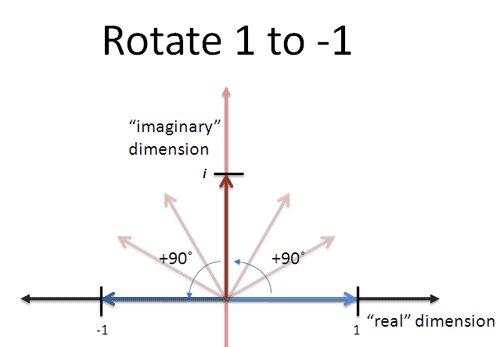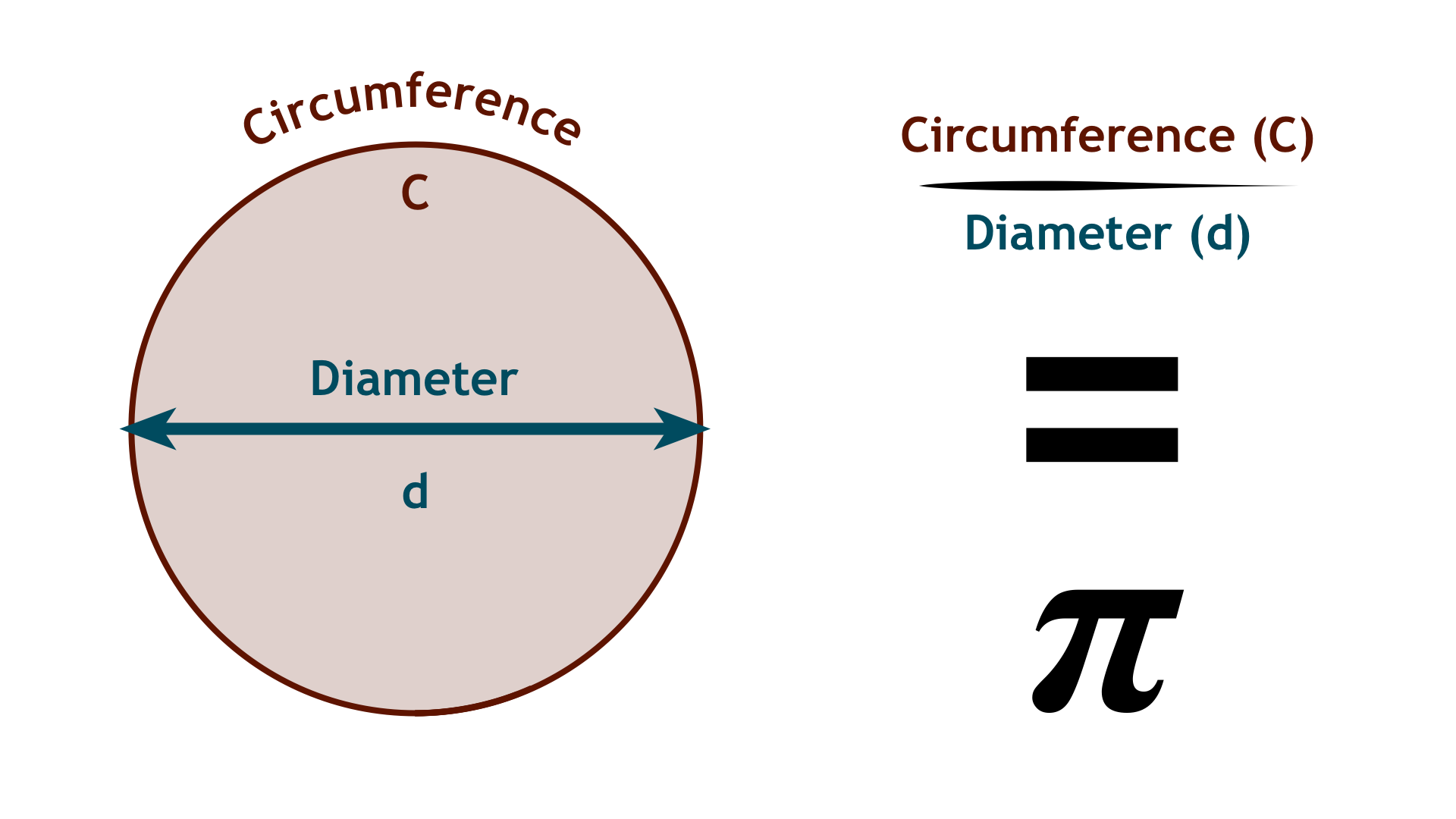What is infinity? Is it a number or an idea?
Countable vs. Uncountable Infinities: The Shocking Truth That Some Infinities Are Bigger Than Others
Infinity is one of the most mind-bending concepts in mathematics, challenging our intuition about numbers and size. What makes infinity particularly fascinating is that not all infinities are equal—some are actually larger than others. This counterintuitive idea was first rigorously explored by the mathematician Georg Cantor in the late 19th century, who developed an entire mathematical theory of infinite sets.
Let’s start with the most familiar type of infinity: the infinity of counting numbers (1, 2, 3, 4, …). This is called countable infinity or aleph-null (ℵ₀), named after the first letter of the Hebrew alphabet. It might seem strange to think of infinity as “countable,” but in mathematical terms, a set is countably infinite if its elements can be put into a one-to-one correspondence with the natural numbers.
To understand this better, consider the set of even numbers (2, 4, 6, 8, …). Intuitively, you might think there are “fewer” even numbers than natural numbers since we’re skipping every other number. However, mathematically, these two sets have the same cardinality (size) because we can pair each natural number with an even number: 1↔2, 2↔4, 3↔6, 4↔8, and so on. This one-to-one correspondence proves that both sets are countably infinite.
This leads to one of the most counterintuitive mathematical facts: a part of an infinite set can have the same size as the whole set. The even numbers are a proper subset of the natural numbers, yet they have the same cardinality. This property is unique to infinite sets and never occurs with finite sets.
The rational numbers (fractions like 1/2, 3/4, -5/7, etc.) might seem like they should form a larger infinity since between any two integers, there are infinitely many fractions. Surprisingly, the set of rational numbers is also countably infinite. Cantor proved this using a clever diagonal argument, showing how to list all rational numbers in a sequence that corresponds to the natural numbers.
Cantor’s diagonalization argument works by arranging all positive fractions in a grid and then traversing them diagonally, skipping duplicates. The sequence might start: 1/1, 1/2, 2/1, 3/1, 2/2, 1/3, 1/4, 2/3, 3/2, 4/1, … After removing duplicates (like 2/2 = 1/1), we have a complete list of all positive rational numbers, proving they can be put into one-to-one correspondence with natural numbers.
However, not all infinite sets are countable. The real numbers (which include all rational numbers plus irrational numbers like π, √2, and e) form a larger infinity called uncountable infinity. Cantor’s famous diagonal proof demonstrates that no matter how you try to list all real numbers, you can always construct a real number that’s not on your list, proving that the real numbers cannot be put into one-to-one correspondence with the natural numbers.
Cantor’s diagonal argument for uncountability works like this: Assume you have a complete list of all real numbers between 0 and 1. Each number can be written as a decimal expansion. Cantor constructs a new number by changing the nth digit of the nth number in the list. This new number differs from every number on the list in at least one decimal place, so it cannot be on the list, contradicting our assumption.
The cardinality of the real numbers is called the cardinality of the continuum, often denoted as 𝔠 or 2^{ℵ₀}. This represents a “larger” infinity than the countable infinity of natural numbers. In fact, there’s an infinite hierarchy of infinities, each larger than the previous one, represented by ℵ₀, ℵ₁, ℵ₂, and so on.
The mathematical relationship between these infinities is expressed by Cantor’s theorem, which states that for any set, the power set (set of all subsets) has strictly greater cardinality than the original set. Applied to the natural numbers, this means that 2^{ℵ₀} > ℵ₀, confirming that the continuum is larger than countable infinity.
The continuum hypothesis, one of the most famous problems in set theory, asks whether there’s an infinity between ℵ₀ and 𝔠. Cantor conjectured that there isn’t, meaning 𝔠 = ℵ₁, but this question turned out to be independent of the standard axioms of set theory, meaning it can neither be proved nor disproved using those axioms.
These mathematical discoveries revolutionized our understanding of infinity, showing that it’s not just “really big” but has a rich structure with different sizes. The distinction between countable and uncountable infinities has profound implications in mathematics, computer science, and philosophy, influencing fields from calculus to the theory of computation.
In practical terms, countable infinity relates to processes that can be enumerated or computed, while uncountable infinity relates to the continuous nature of space and time. This mathematical distinction helps explain why digital computers (which operate with countable processes) can approximate but never perfectly represent continuous phenomena.
Zeno’s Paradox: If You Always Have to Go Halfway, How Do You Ever Arrive?
Zeno’s paradoxes, formulated by the ancient Greek philosopher Zeno of Elea around 450 BCE, present some of the most enduring challenges to our understanding of motion, space, and infinity. These paradoxes use mathematical reasoning to argue that motion is impossible, creating logical puzzles that puzzled philosophers and mathematicians for over two millennia.
The most famous of Zeno’s paradoxes is the Dichotomy Paradox, which argues that before reaching any destination, you must first travel halfway there. But before reaching the halfway point, you must travel halfway to that point, and so on infinitely. Since this creates an infinite sequence of tasks, Zeno argued that motion is impossible—you would never actually arrive at your destination.
Consider walking from point A to point B, a distance of 1 meter. According to Zeno’s reasoning, you must first reach the 1/2 meter mark, then the 3/4 meter mark, then 7/8 meter, 15/16 meter, and so on. This creates an infinite sequence of distances: 1/2, 1/4, 1/8, 1/16, … Each term is half the previous term, and the sum of all these distances should equal the total distance of 1 meter.
Mathematically, this is represented as an infinite geometric series: 1/2 + 1/4 + 1/8 + 1/16 + … = Σ(1/2)^n for n=1 to ∞. The mathematical resolution of this paradox comes from understanding that while the series has infinitely many terms, it converges to a finite sum. Using the formula for the sum of an infinite geometric series S = a/(1-r), where a is the first term and r is the common ratio:
This mathematical result shows that the infinite sequence of steps does indeed sum to the finite distance of 1 meter. The paradox arises from conflating the infinity of steps with the finiteness of the result. Modern mathematics demonstrates that an infinite process can have a finite outcome.
Zeno’s Achilles and the Tortoise paradox presents a similar challenge. Swift Achilles gives a slow tortoise a head start in a race. By the time Achilles reaches the tortoise’s starting point, the tortoise has moved forward. When Achilles reaches that new point, the tortoise has moved again, and so on. Zeno argues that Achilles can never overtake the tortoise because he must complete an infinite sequence of catch-up tasks.
Mathematically, if Achilles runs 10 times faster than the tortoise and gives it a 100-meter head start, the distances Achilles must cover form a geometric series: 100 + 10 + 1 + 1/10 + … This series converges to 111.11… meters, at which point Achilles overtakes the tortoise. The infinite sequence of追赶 steps doesn’t prevent Achilles from winning the race; it describes the mathematical process by which he does so.
The mathematical resolution of Zeno’s paradoxes required the development of calculus and the concept of limits. In the 17th century, mathematicians like Newton and Leibniz developed mathematical tools to handle infinite processes rigorously. The concept of a limit allows us to say that as we take more and more terms of an infinite series, we get arbitrarily close to a specific value, which we call the sum of the series.
In modern mathematical terms, the sequence of partial sums (S₁ = 1/2, S₂ = 3/4, S₃ = 7/8, S₄ = 15/16, …) approaches 1 as a limit. We write this as lim(n→∞) Sₙ = 1. This mathematical concept of limits provides the rigorous foundation that resolves Zeno’s paradoxes while preserving our intuitive understanding of motion.
The philosophical implications of Zeno’s paradoxes extend beyond mathematics. They challenge our understanding of space, time, and the nature of reality. If space and time are continuous (like the real numbers), then Zeno’s infinite subdivisions are mathematically possible. But if space and time are discrete at the quantum level, there might be a smallest possible distance or time interval, which would resolve the paradoxes in a different way.
Modern physics suggests that at the Planck length (approximately 1.6 × 10⁻³⁵ meters) and Planck time (approximately 5.4 × 10⁻⁴⁴ seconds), the classical concepts of space and time may break down. If there’s a fundamental granularity to spacetime, then Zeno’s infinite subdivisions might not be physically realizable, providing a physical resolution to the paradoxes.
Zeno’s paradoxes also relate to the mathematical concept of convergence and divergence of series. While the geometric series in Zeno’s paradoxes converge to finite sums, other infinite series diverge to infinity. Understanding which series converge and which diverge is a fundamental topic in mathematical analysis with applications throughout science and engineering.
The enduring appeal of Zeno’s paradoxes lies in how they reveal the counterintuitive nature of infinity and continuity. They forced mathematicians to develop rigorous foundations for dealing with infinite processes, leading to the creation of calculus and modern analysis. These mathematical tools now form the foundation for physics, engineering, and much of modern science.
Infinity in the Universe: Is Space Infinite? What Does That Even Mean?
The question of whether the universe is infinite touches on some of the deepest and most challenging problems in cosmology, physics, and mathematics. Unlike the abstract infinities of mathematics, the infinity of physical space raises profound questions about the nature of reality itself. Is space infinite in extent, or does it curve back on itself like the surface of a sphere?
To understand the mathematical possibilities, we need to distinguish between different types of infinity in cosmology. A universe can be infinite in spatial extent, meaning that no matter how far you travel in any direction, you’ll never reach an edge. Alternatively, a universe can be finite but unbounded, like the two-dimensional surface of a sphere, which has finite area but no edges or boundaries.
The mathematical concept of curvature is crucial to understanding these possibilities. In a positively curved space (like a sphere), parallel lines eventually converge, and the sum of angles in a triangle is greater than 180 degrees. In a negatively curved space (like a saddle), parallel lines diverge, and triangle angles sum to less than 180 degrees. In flat space (like a plane), parallel lines remain parallel, and triangle angles sum to exactly 180 degrees.
Einstein’s theory of general relativity describes how matter and energy curve spacetime. The mathematical equations of general relativity allow for multiple solutions, including universes that are infinite and flat, infinite and curved, or finite but unbounded. Observational evidence is needed to determine which mathematical model describes our actual universe.
Cosmic microwave background (CMB) radiation provides crucial data for understanding the universe’s geometry. Tiny temperature fluctuations in the CMB represent the seeds of cosmic structure. The mathematical analysis of these fluctuations reveals information about the universe’s curvature. Current measurements suggest that space is very close to flat, with a curvature that, if it exists, is extremely small.
A perfectly flat universe would be infinite in extent according to Euclidean geometry. However, the mathematical possibility remains that our observable universe (about 93 billion light-years in diameter) is just a small patch of a much larger space that might have curvature on scales beyond our detection capabilities. This is analogous to how the Earth’s surface appears flat when viewed from a small region.
The mathematical concept of topology adds another layer of complexity. Even if space is geometrically flat, it could have a non-trivial topology—like a three-dimensional version of a video game screen where traveling off one edge brings you back on the opposite edge. Such a universe would be finite but unbounded, with no edges or boundaries.
Inflationary cosmology, the leading theory for the universe’s early evolution, predicts that our observable universe is an infinitesimally small fraction of the entire cosmos. In many inflationary models, the universe is infinite in size, with our observable patch representing just one region among infinitely many. This mathematical prediction creates the possibility of infinite space even if our local observations suggest flatness.
Quantum mechanics introduces another mathematical consideration: the concept of infinite precision. If space is continuous, then specifying a position requires infinite precision, which raises questions about the physical realizability of infinite information. Some theories of quantum gravity suggest that space might be discrete at the Planck scale, which would eliminate mathematical infinities in spatial measurements.
The mathematical concept of infinity also appears in discussions of the universe’s content. If space is infinite, and if the universe is approximately homogeneous on large scales, then there would be infinitely many galaxies, stars, and potentially infinitely many copies of our observable universe. This leads to the mathematical concept of infinite identical regions in an infinite space.
Olbers’ paradox illustrates the mathematical challenges of an infinite universe. If the universe were infinite, static, and filled with stars, the night sky should be as bright as the surface of a star because every line of sight would eventually end at a star. The resolution involves the universe’s expansion and finite age, which prevent light from infinitely distant stars from reaching us.
The mathematical relationship between infinity and probability becomes important when considering an infinite universe. In an infinite space with finite-sized structures, any configuration that has a non-zero probability of occurring will occur infinitely many times. This mathematical principle leads to concepts like the multiverse and the idea that there might be infinitely many copies of you in distant regions of space.
Current observational evidence suggests that the universe’s geometry is very close to flat, but we cannot definitively determine whether it’s infinite or just very large. The mathematical models that describe our universe accommodate both possibilities, making this one of the most fascinating open questions at the intersection of mathematics, physics, and cosmology.
Conclusion: Embracing the Beautiful and Perplexing Nature of the Infinite
Infinity challenges our intuition and forces us to expand our thinking beyond everyday experience. The mathematical discovery that some infinities are larger than others revolutionized our understanding of sets and numbers. Zeno’s paradoxes revealed the subtleties of infinite processes and led to the development of calculus. The question of whether physical space is infinite pushes the boundaries of cosmology and physics.
These mathematical explorations of infinity demonstrate that abstract mathematical concepts often have profound implications for our understanding of reality. The counterintuitive properties of infinite sets inform computer science and logic. The resolution of Zeno’s paradoxes through limits and convergence provides the mathematical foundation for physics and engineering. The question of cosmic infinity drives observational cosmology and theoretical physics.
Infinity also reveals the beautiful interconnectedness of mathematics. The same concept that helps us understand the size of sets also appears in calculus, geometry, and cosmology. Mathematical infinity provides a bridge between the abstract world of pure mathematics and the concrete questions of physical reality.
Most importantly, studying infinity develops our capacity for abstract thinking and logical reasoning. It teaches us to question our assumptions, to distinguish between intuition and rigorous proof, and to appreciate the subtle complexities that emerge when we push concepts to their limits. These intellectual skills extend far beyond mathematics into all areas of human knowledge and understanding.
Infinity reminds us that the universe is far stranger and more wonderful than our everyday experience suggests. Whether in the infinite hierarchy of mathematical infinities, the convergence of infinite series, or the possible infinity of physical space, the concept of infinity opens doors to new ways of thinking about existence itself.



